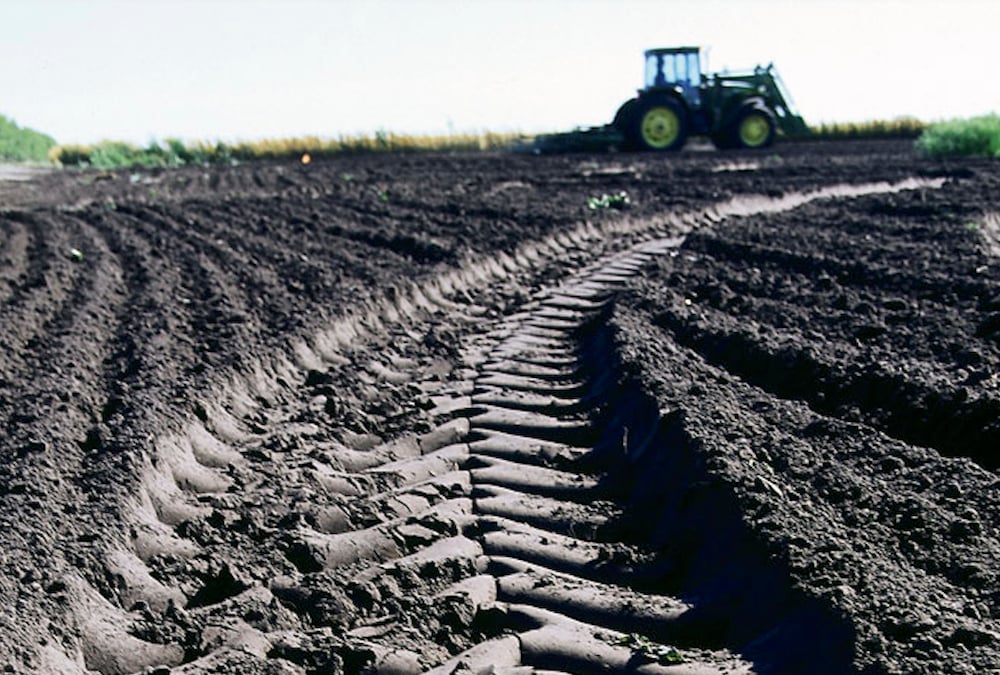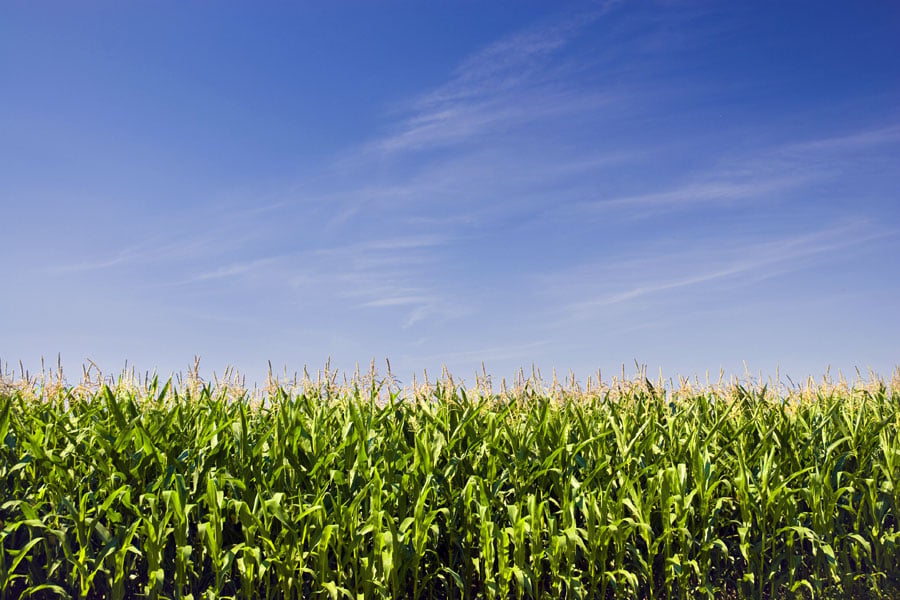Compaction almost unavoidable during wet 2024 spring

The 2024 planting season started out very wet in most of Ontario.
Read Also


Organic Council hopes report leads to enhanced data accuracy
In an era when cropping decisions are increasingly informed by up-to-the-minute data, authors of the just-released Organic Corn and Wheat…
It was often difficult to know whether poor-looking crops or soil conditions were caused by compaction or by rain that just kept coming. When two weeks of generally dry weather allowed most of the water to get away, widespread areas showed unmistakable signs of compaction.
Why it matters: Producers must now consider strategies to mitigate the effects of this year’s compaction and rejuvenate affected areas.
The amount of rainfall was high, but according to Danny Jefferies, soil management specialist for the Ontario agriculture ministry, the bigger challenge was the frequency of rain through April, May and well into June.
“The windows of opportunity to get into the field and do the work were so tight that a lot of times people were on the fields when the conditions weren’t ideal,” Jefferies told Farmtario.
“Planters and seeders aren’t usually the heaviest implements on the farm,” Jefferies noted, but they’re typically on fields under soil conditions much closer to ideal than they were in 2024. As farmers chased the tight or practically non-existent planting windows this spring, they often had those implements in the field when even lighter weights caused damage.
Jefferies said sidewall compaction by disc openings on the planters is now appearing in the form of poor crop performance parallel to the rows. Compaction from repetitive traffic, caused by the weight of tractors and implements, is showing up on the headlands and other areas of repeated traffic.
Smearing on the side of cultivator sweeps can show up on an angle to the rows if this is how the first pass of the cultivator was done, he said.
Repetitive traffic was also a factor during early haylage harvest. A June 14 article on OMAFRA’s Field Crop News website stated “some fields endured significant compaction and rutting during harvest” of first-cut haylage.
The message in most years is prevention, prevention, prevention. Long-established and lower-cost strategies include not going into the field when it’s too wet, minimizing axle loads, and paying attention to proper tire size and inflation levels depending on the type of field operation.
Newer and higher-cost technology allows for automatic inflation/deflation of tires and other specialized tire options.
Some 2024 effects, Jefferies said, were virtually unavoidable no matter what strategies were used.
“The other thing that’s showing up that is a sort of compaction is from the weight of the water sitting in certain spots in fields.”
He says it’s difficult to tell whether water accumulated due to natural topography and/or poor drainage, or if water sat in that location due to already-existing compaction, either from field traffic last fall, or from even longer persistence of poor soil conditions in that location.
In all cases of compaction, it could take months or even years to remedy the damage.
“Probably the best thing, especially if it’s a crop of beans, is to get some winter wheat into that field (after bean harvest),” said Jefferies.
Wheat’s fibrous roots will work to break up compaction through fall and into winter, and the wheat can be followed next summer with a cover crop planted after harvest to further break up the soil, he said.
“Within the season, I don’t know if there’s much that can be done. If it’s a significant enough area though, you might want to try and get in there and get a cover crop established to at least get some ground cover to prevent erosion.
“And there’s possibly some situations where you might want to consider some kind of aggressive tillage or ripping. But that’s really got to be done under almost completely dry conditions,” Jefferies said.
“Later in the year, there might be some windows where that could be a fit, especially on those heavy traffic areas.”
Deep ripping now, even though it seems dry, will likely cause further compaction, he cautioned.
Given the damage, corn growers might also consider tweaking their nitrogen application strategy for 2024.
“Some of these stands of corn are very variable,” Jefferies noted. “The yield potential just isn’t there in some parts of the field” so it might make sense to tailor N application to favour the best parts of the stand.
Source: Farmtario.com

